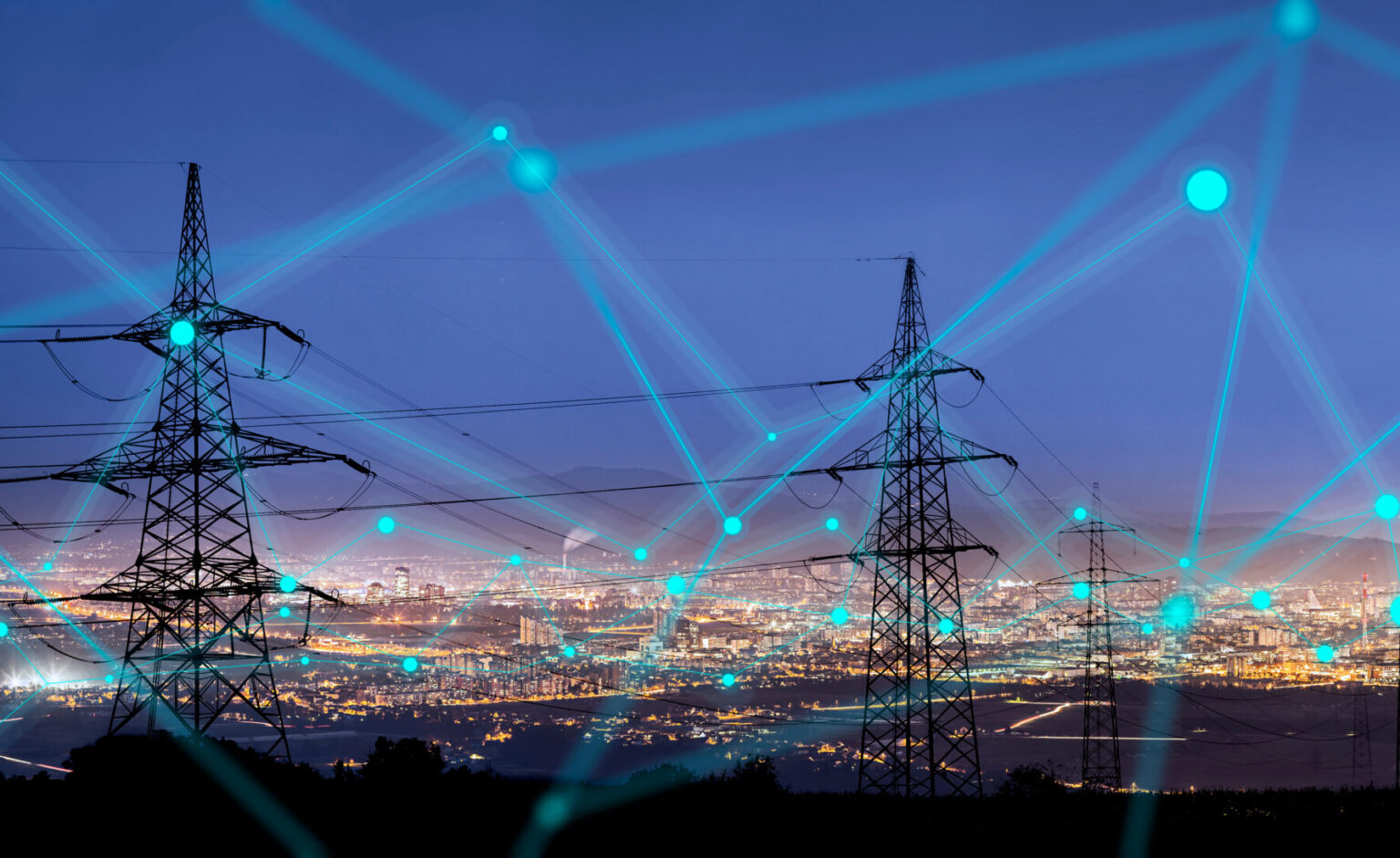
Spacecraft Nuclear Propulsion: Fission Or Fusion?
According to Scott Pace, National Space Council we need to switch from chemical to nuclear fuels.
Interstellar access is absolutely vital to global: defense, communications, and industrial development. Huge resources, known and unknown, are available through our space exploration.
Our rockets and spacecraft designs are amazing, but current rocket propulsion is chemical sourced and extremely weak given the scope of our space program. Nuclear fuel provides 10,000,000 times the energy of today’s chemical fuels.
FLIGHT TIME
Voyager 1 has traveled beyond Pluto in 44 years. At this rate, it will take at least 30,000 years to reach our closest neighboring star Alpha Centauri.
Nuclear Fusion powered spacecraft could travel to Mars in 3 months and the Asteroid belt in 7months. Speeds up to 32 million miles per hour (4.7% light speed), Alpha Centauri would take only 92 years. NASA is looking to private companies to design and build nuclear-powered spacecraft for these speeds.
THE CHOICE OF NUCLEAR FUEL: FISSION OR FUSION.
Fission is our current nuclear source. There are only two viable fuels for fission, Uranium 235 (U-235) and Plutonium (Pu-239) and (Pu-241). Processing Uranium for fuel involves massive infrastructure.
Fusion fuel from Hydrogen: Deuterium and Tritium extracted from the water creating ‘heavy water’. The ‘heavy water’ process has been in use since the 1930s: Hydrogen Sulfide-Water Exchange, Electrolysis, Fractional Distillation.
FUEL ENERGY DENSITY IS CRITICAL
The energy density of fission and fusion is sufficient for the next generation of rocket engines.
Chemical - Weak: Popular chemical fuel is O2+kerosene has an energy density of 43.4 MJ/kg and 202 atomic weight.
Fission - Strong: U-235 fuel has an energy density of 144 million MJ/kg and 235 atomic weight.
Fusion - Strongest Deuterium and Tritium fusion fuel has an energy density of is 338 million MJ/kg and 5 atomic weight.
PAYLOAD
Spaceflight's purpose is to transport vital payloads. The current weight and volume of chemical fuels are heavy and space-consuming. This denies the objective of transporting supplies, equipment, cargo, and passengers in a roundtrip fashion.
REFUELING
FISSION: Uranium is a rare material. There is no way to know where an interstellar source may be located, prospecting alone could take years. If Uranium is found, acquisition and processing make a fission refueling station a difficult and costly project.
FUSION: On earth, Deuterium occurs naturally at a concentration of 0.015 % of Hydrogen. Ice from interstellar space has significantly higher concentrations of Hydrogen. Many planets and moons are seen to have large deposits of water or frozen lakes and ice. The extraction process of hydrogen isotopes to produce heavy water has similarities to the process it takes to distill brandy from wine.
MORE FUTURISTIC PROPULSION CONCEPTS
Other high-tech propulsion concepts: electric thrusters, ion thrusters, plasma propulsion, antimatter fuels and are decades out. Fission and fusion energy is within reach.
WITHIN REACH
- US Nuclear Corp. partnering with Magneto Inertial Fusion Technology Inc’s
MIFTI Z-Pinch Fusion Drive
- Princeton Plasma Physics Lab’s
Direct Fusion Drive